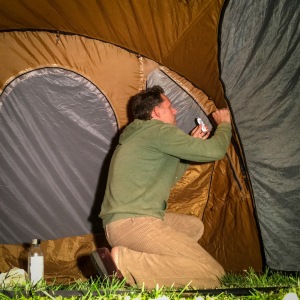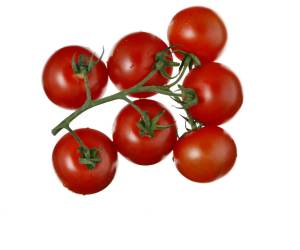the.semitrailer.project
day 043 : : blog post 001
And so it begins!
We have decided to take the plunge and start building a tiny house. Heidi and I started talking about the possibility of compact living when we first met, as we loved the idea of simple living and neat designs like straw bale and cobb, cottages, cabins and other cute, handmade dwellings. Tiny houses on wheels (THOWs) came a bit later when I started looking into the work of tiny house granddaddy Jay Shafer who began to popularise the idea of living tiny on wheels around 2008.
It didn’t take us long to start dreaming of having one too, especially in the increasingly challenging Australian housing market. However, dreaming and doing are two very different things, and it took us awhile to get a combination of finances, opportunity and courage to put it all together into action.
I have cited the day as “43” here as I have unofficially made the end of a recent event the day that shifted our ambitions into gear: the first-ever Australian Tiny House Festival, in Bendigo, Victoria on 23-24th March, 2019. Once we saw all the great ideas, likeminded folks talking about it and getting excited about it, real-life houses we could walk inside and enthusiastic speakers giving inspired presentations, we felt like we had put it off long enough.
The only sad part is that, once again, we were ahead of the curve on this one but weren’t brave enough to be a pioneer and take the plunge when we first started thinking about it. Despite it seeming like a “popular” and “trendy” thing to do now, we still feel like it is an unconventional approach to solving the housing problem. Thinking about it more though, I’m sure that I am thinking it is more common than it is simply because I personally have been thinking about it for many years!
We have arrived at today, day 43, and the first entry to a journal that I aim to keep about the trials and tribulations of building not only a THOW, but one that is built from a trailer that usually sits behind a semi-rig. I’ll go into detail about this in my next blog post, but in short we heard about this approach from friends of ours and it appealed to Heidi and I because of:
- the larger, maximised floor space
- the pre-made outer structure that is already built to be on the road
- the near limitless weight possibilities
- the universal towing ease
- the low entry price of acquiring the base trailer
among other things. We’ll soon see if this has been the right decision for us, but looking at the first trailer creation of our friend Rob, it seems like there is every chance that it will be a great canvas for us to create our very first home build!
 Day 43, in practical terms, was just a day of me picking up some wood pallets (something I’m familiar with as I’ve built many an item of furnishing with them 😄) in order to deliver them to the property where we’re doing our build and create a platform that our temporary tent home will reside on. So nothing too momentous, but a significant first step towards the big build and only 3 weeks away from living in a canvas shelter while we build for the rest of 2019!
Day 43, in practical terms, was just a day of me picking up some wood pallets (something I’m familiar with as I’ve built many an item of furnishing with them 😄) in order to deliver them to the property where we’re doing our build and create a platform that our temporary tent home will reside on. So nothing too momentous, but a significant first step towards the big build and only 3 weeks away from living in a canvas shelter while we build for the rest of 2019!
Let the memories begin…
I’ll be throwing some photos of our journey up at our Insta site the.semitrailer.project and I’ll be documenting progress on YouTube as well (link to come)


 A few days before that, I indiscriminately grabbed boxes of camping gear from our long-term storage, and packed them into our car without even looking inside them to check everything was there. Thinking of this now confirms to me the somewhat blasé nature of this current expedition we are embarking on compared to the “fanfare” of last year’s first trip. That’s not to say I am treating this trip lightly, but perhaps I am approaching it with a bit more knowledge and confidence in this life direction we’re learning about.
A few days before that, I indiscriminately grabbed boxes of camping gear from our long-term storage, and packed them into our car without even looking inside them to check everything was there. Thinking of this now confirms to me the somewhat blasé nature of this current expedition we are embarking on compared to the “fanfare” of last year’s first trip. That’s not to say I am treating this trip lightly, but perhaps I am approaching it with a bit more knowledge and confidence in this life direction we’re learning about.









 (it’s surprising how many meals you can make when you think the cupboards are empty! In fact, during my housesitting period, I chucked out countless boxes worth of old food from people’s cupboards that could’ve saved them $$ heaps on buying new stuff when they didn’t need to…anyway, that’s another story!).
(it’s surprising how many meals you can make when you think the cupboards are empty! In fact, during my housesitting period, I chucked out countless boxes worth of old food from people’s cupboards that could’ve saved them $$ heaps on buying new stuff when they didn’t need to…anyway, that’s another story!).